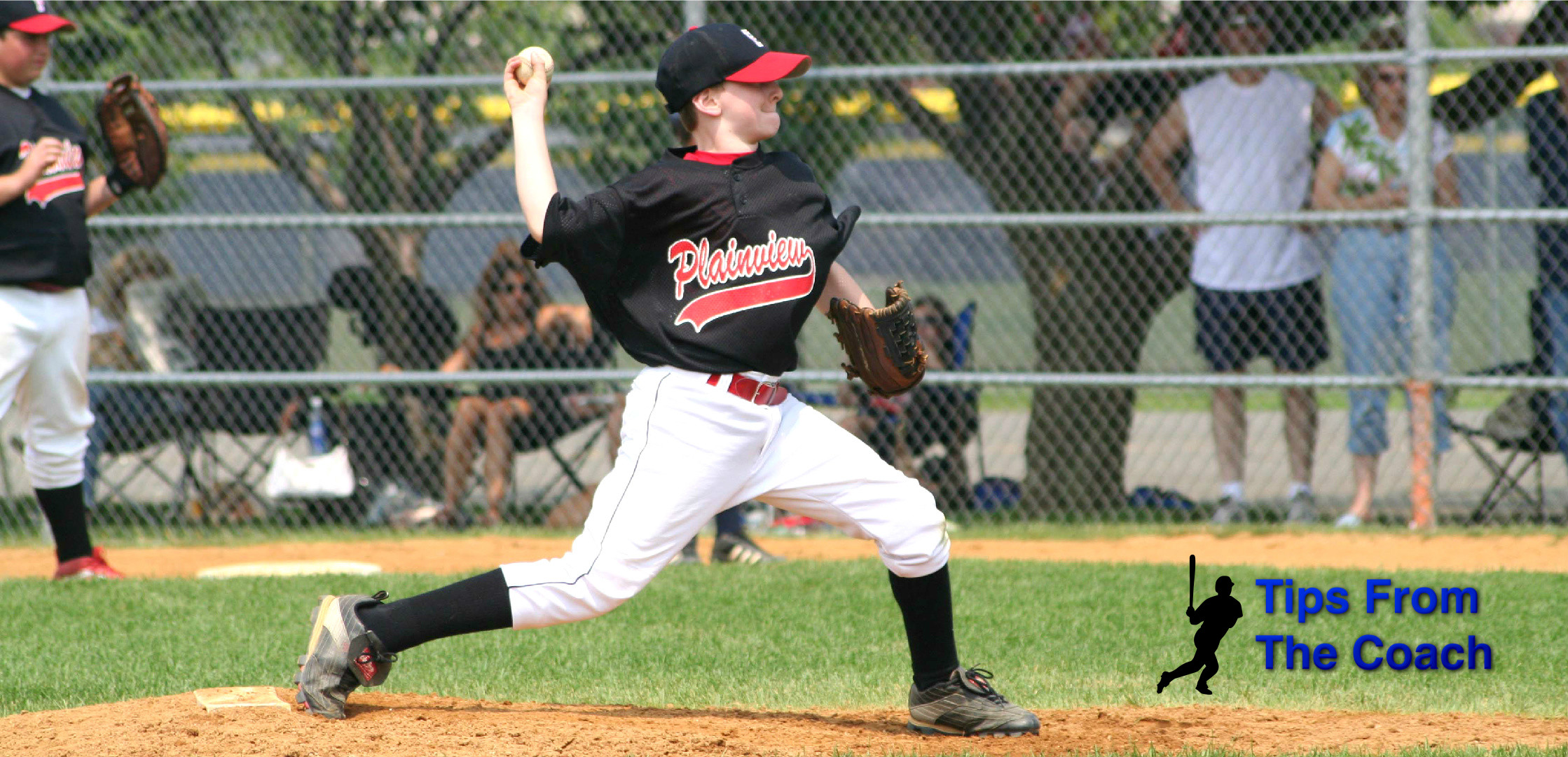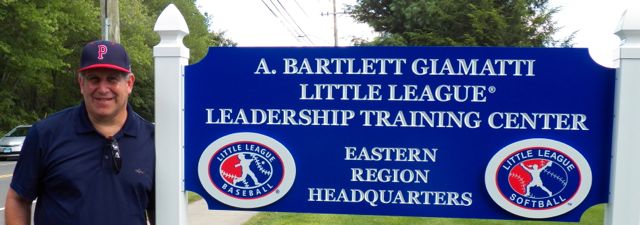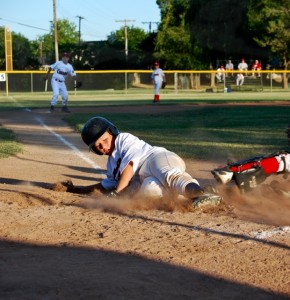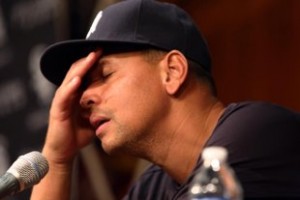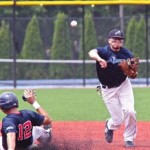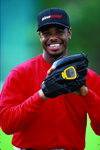Behind the scenes at Little League Baseball
 (0)
(0)
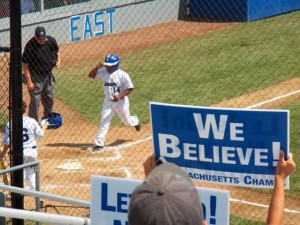 If you are a youth baseball fan, you’ve likely seen a Little League World Series Tournament game over the last few weeks. Maybe you’ve seen a local game in person, maybe you’ve seen some games on television. Even with competition from other sports and other youth baseball leagues, Little League is still the largest youth sports organization in the world.
If you are a youth baseball fan, you’ve likely seen a Little League World Series Tournament game over the last few weeks. Maybe you’ve seen a local game in person, maybe you’ve seen some games on television. Even with competition from other sports and other youth baseball leagues, Little League is still the largest youth sports organization in the world.
In 2013, Little League International, as it is officially named, had over 2.4 million participants in over 7,000 leagues in more than 80 countries. Every July and August, each of the divisions begin a tournament which leads to a championship series at a different site in the United States. The oldest and most famous of these is the Little League Baseball World Series, which is held near the organization’s headquarters in Williamsport, Pennsylvania.
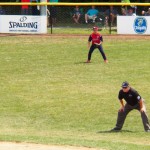 According to the Little League Media Guide, about 6,500 of these teams are eliminated in the first three weeks of play. About 45,000 games are played in eight divisions leading up to the various World Series tournaments. More than 16,000 of those games are played in the Little League (a.k.a. Majors) division, for ballplayers 11 to 13 years of age. That’s the equivalent of more than six Major League baseball seasons.
According to the Little League Media Guide, about 6,500 of these teams are eliminated in the first three weeks of play. About 45,000 games are played in eight divisions leading up to the various World Series tournaments. More than 16,000 of those games are played in the Little League (a.k.a. Majors) division, for ballplayers 11 to 13 years of age. That’s the equivalent of more than six Major League baseball seasons.
The step before Williamsport is the Regional Tournaments. Last week, Coach Bill and I took a trip to Little League Baseball’s Eastern Regional Headquarter in Bristol, Connecticut. The Eastern Region is host to the New England and the Mid Atlantic Regional Tournaments. The six states of the New England Region (Maine, Vermont, New Hampshire, Massachusetts, Connecticut and Rhode Island) and Mid Atlantic (New York, New Jersey, Pennsylvania, Delaware, Maryland, and District of Columbia) battled out for about ten days, before Westport, Connecticut and Newark, Delaware won their respective championships and punched their tickets to the Little League World Series.
Assistant Regional Director Patrick Holden was kind enough to give us a look behind the scenes and personally tell us (and you) some of what makes the Little League experience so special to the ballplayers, their families, the volunteers, and the spectators. Let’s take a look.

